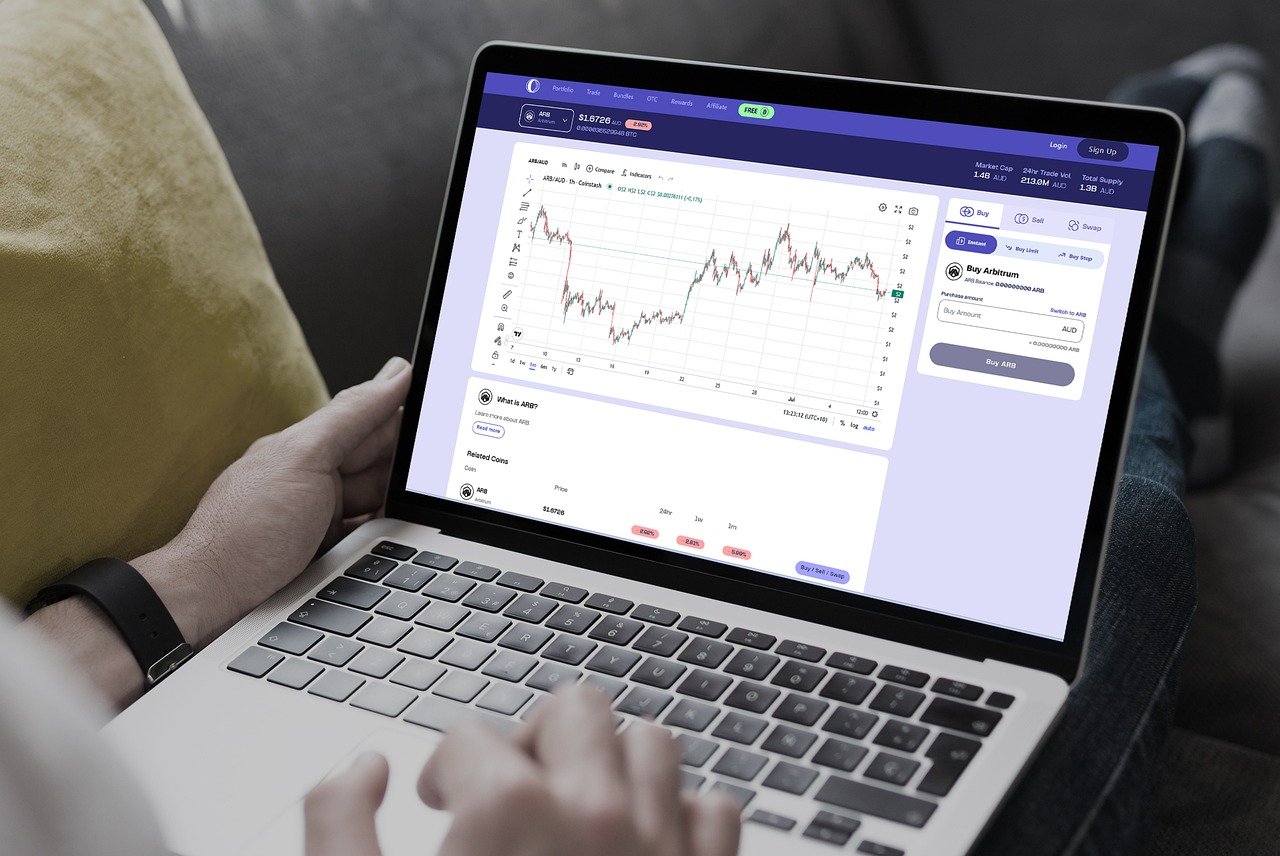Unlock the Potential: Your Ultimate Guide to the Best Online Marketplace for Game Skins in 2025
The virtual gaming economy has evolved into a billion-dollar marketplace where digital items hold real-world value. Game skins, cosmetic items that change the appearance of weapons, characters, or equipment, have become valuable commodities that players buy, sell, and trade across various platforms. Understanding how to navigate these marketplaces safely and profitably requires knowledge of platform features, security measures, and market dynamics that continue to shape the gaming industry.
Expert Tips for Trading Game Skins Securely and Profitably in 2025
Security remains the top priority when trading valuable digital assets. Always enable two-factor authentication on all accounts and verify platform legitimacy before conducting transactions. Research current market prices using multiple sources to avoid overpaying or underselling items. Time your trades strategically around game updates, tournaments, or seasonal events when demand typically increases. Keep detailed records of all transactions for tax purposes, as many jurisdictions now require reporting of digital asset trades. Use escrow services when available, and never share account credentials or conduct trades outside of established platforms.
Popular Platforms to Buy, Sell, and Earn with Game Skins
Several established marketplaces dominate the game skin trading ecosystem. Steam Community Market offers direct integration with Steam games and provides a secure environment for CS:GO, Dota 2, and other Valve game items. Third-party platforms like BitSkins, Skinport, and DMarket often provide better prices and lower fees compared to official marketplaces. These platforms typically support multiple games and payment methods while offering features like price history tracking and automated trading bots. Mobile-focused platforms have also emerged, allowing traders to monitor markets and execute trades from anywhere.
How Gamers Turn Virtual Skins into Real-World Profits with Smart Trading
Successful skin traders employ various strategies to generate consistent profits. Market analysis involves studying price trends, identifying undervalued items, and predicting future demand based on game updates or professional esports events. Some traders specialize in specific games or item categories, developing expertise that helps them spot profitable opportunities quickly. Others focus on arbitrage, buying items on one platform and selling them on another for a higher price. Long-term investors may hold rare or discontinued items, waiting for their value to appreciate over time.
Understanding Market Dynamics and Pricing Factors
Game skin values fluctuate based on multiple factors including rarity, condition, popularity, and external events. Professional tournaments can dramatically increase demand for specific team stickers or player signatures. Game updates may introduce new skins that affect existing item prices, while discontinued items often become more valuable over time. Understanding these patterns helps traders make informed decisions about when to buy, hold, or sell their digital assets.
Platform Comparison and Pricing Overview
Different platforms offer varying fee structures, payment methods, and user experiences that affect profitability and convenience.
| Platform | Transaction Fees | Payment Methods | Key Features |
|---|---|---|---|
| Steam Market | 5-15% | Steam Wallet | Direct game integration, instant trades |
| BitSkins | 5% | PayPal, Bitcoin | Lower fees, cash withdrawals |
| Skinport | 12% | Bank transfer, PayPal | European focus, instant sell option |
| DMarket | 5-7% | Various crypto, PayPal | Multi-game support, NFT integration |
Prices, rates, or cost estimates mentioned in this article are based on the latest available information but may change over time. Independent research is advised before making financial decisions.
Risk Management and Legal Considerations
Trading game skins involves several risks that require careful management. Platform security breaches, account compromises, and fraudulent transactions can result in significant losses. Market volatility means item values can change rapidly, sometimes losing substantial value overnight. Additionally, some game publishers have policies against skin trading or may implement changes that affect item transferability. Legal considerations vary by jurisdiction, with some countries requiring tax reporting on digital asset transactions or imposing restrictions on certain types of trading activities.
The game skin marketplace continues evolving as new technologies and platforms emerge. Understanding the fundamentals of secure trading, platform selection, and market dynamics provides the foundation for successful participation in this digital economy. Whether approaching skin trading as a hobby or serious investment strategy, maintaining security awareness and staying informed about market trends remains essential for long-term success in this dynamic virtual marketplace.





